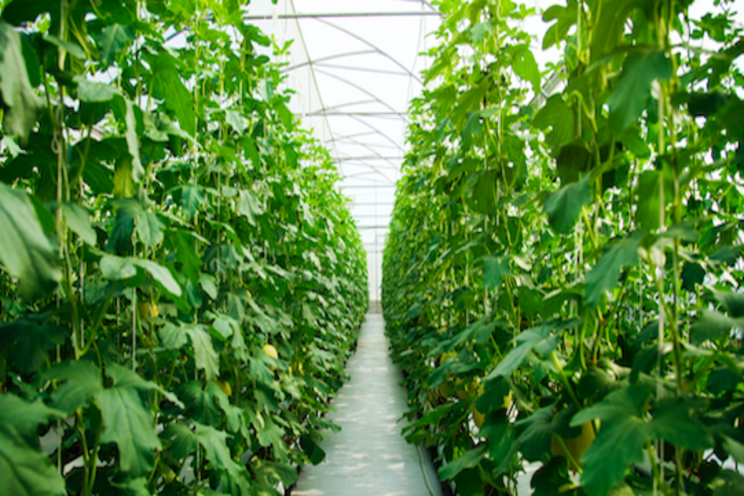What pesticides are safe in the greenhouse
Added on 01 June 2021

Michigan State University (MSU) recently released tips for vegetable growers on how to tell what is safe to spray in a controlled environment, along with their advice for handling them indoors. Here are a few of their tips.
Label is Law
Reading any label is important when understanding how to use any product, not just pesticides. The label on the pesticide will typically say if it is allowed to be used in a greenhouse.
It is important to read under the direction of use section as it will inform you if there are any special requirements for your crop if it's grown inside. Some of the requirements may say only a plant of a certain type of crop or crop stage is allowed to be treated with the pesticide.
However, there are occasions where the label does not include greenhouse restrictions. This is known as implied use and can be used on the crop so long as it is on the label.
Enclosed Space Production Defined
According to the Michigan Department of Agriculture and Rural Development, enclosed space production is defined as "production of an agricultural plant indoors or in a structure or space that is covered in whole or in part by any nonporous covering, and that is large enough to permit a person to enter."
Therefore, if a pesticide says that it is not allowed to be used in enclosed space production, it cannot be used in a poly hoop house even if the sidewalls are rolled up.
Shade cloths used in greenhouse production would also constitute an enclosed space. However, if it is only used as the sole covering, the grower must determine in it is porous or nonporous.
Worker Safety
Greenhouse Pesticide application must comply with the Workers Protection Standard's (WPS) restricted-entry intervals (REIs).
MSU has included a one-page PDF with examples of scenarios that could occur and what to do in those situations.
Ventilation Requirements
According to the WPS, ventilation must continue until one of the following criteria is reached:
- Ten air exchanges are completed.
- Two hours of ventilation using fans or other mechanical ventilating systems.
- Four hours of ventilation using vents, windows, or other passive ventilation.
- Eleven hours with no ventilation followed by one hour of mechanical ventilation.
- Eleven hours with no ventilation followed by two hours of passive ventilation.
- Twenty-four hours with no ventilation.
To learn more about other tips from MSU, click here.
Source: Greenhouse Grower
Photo created by rawpixel.com - freepik
Source: Greenhouse Grower
More news















